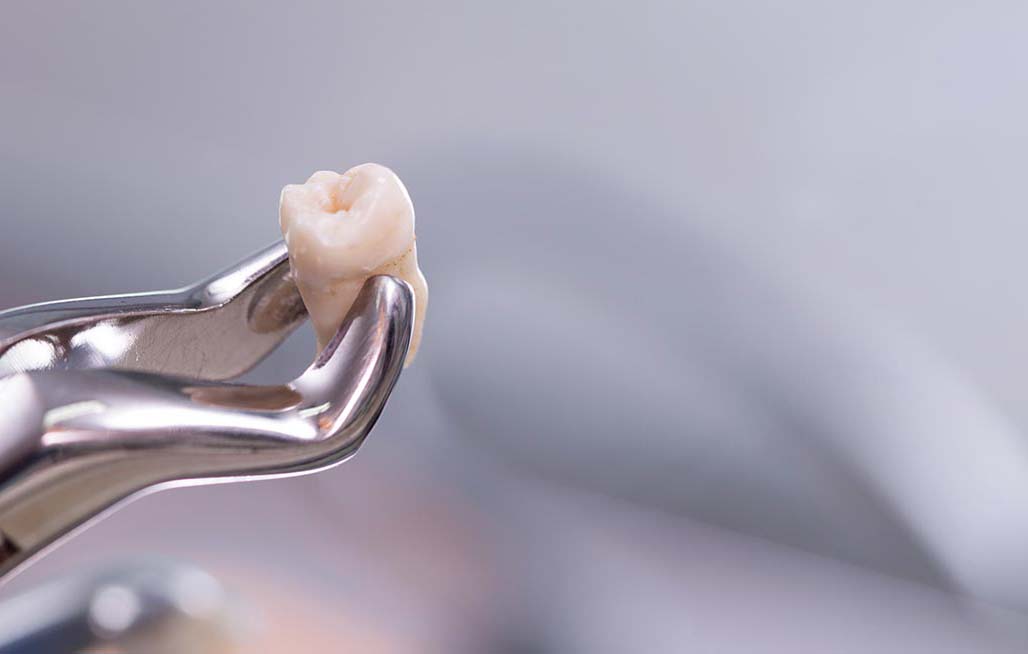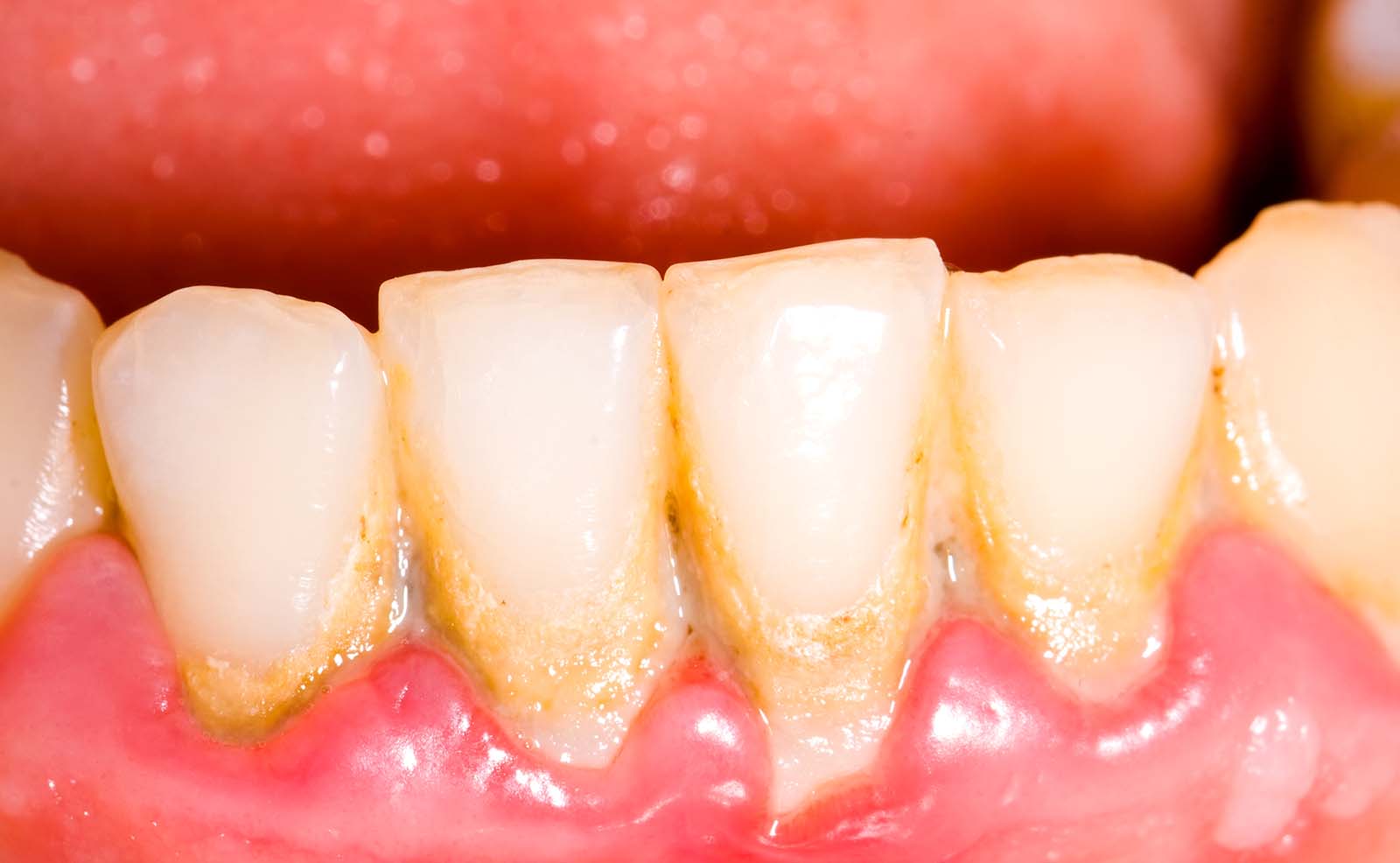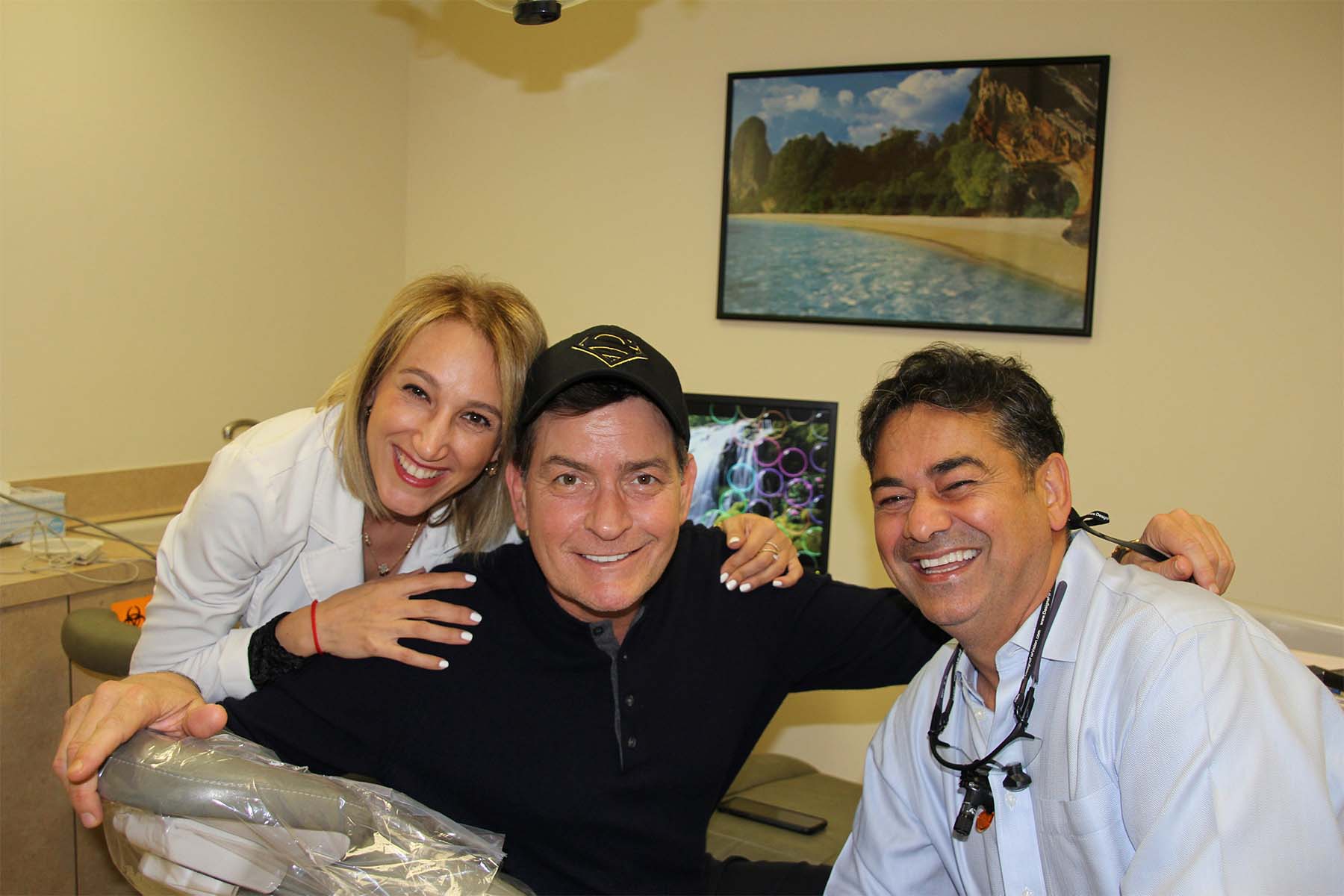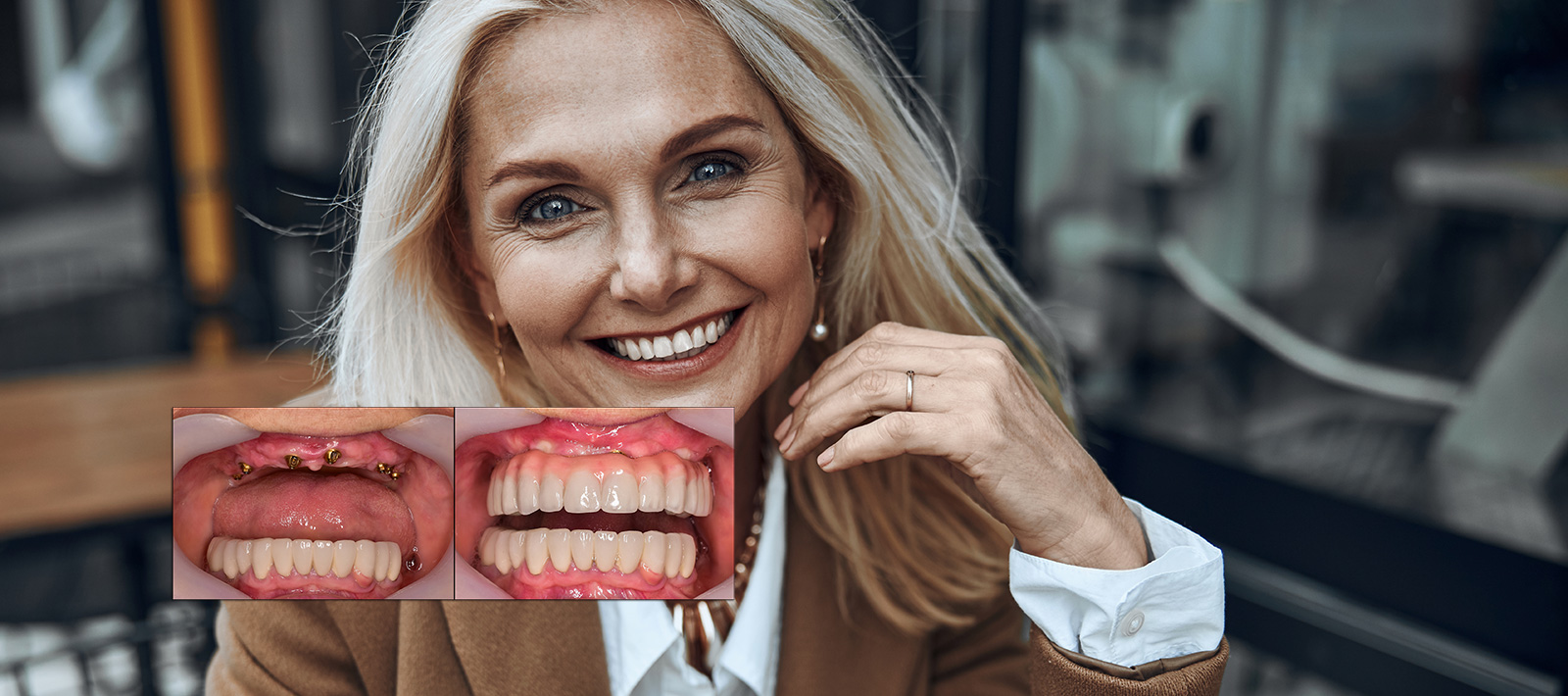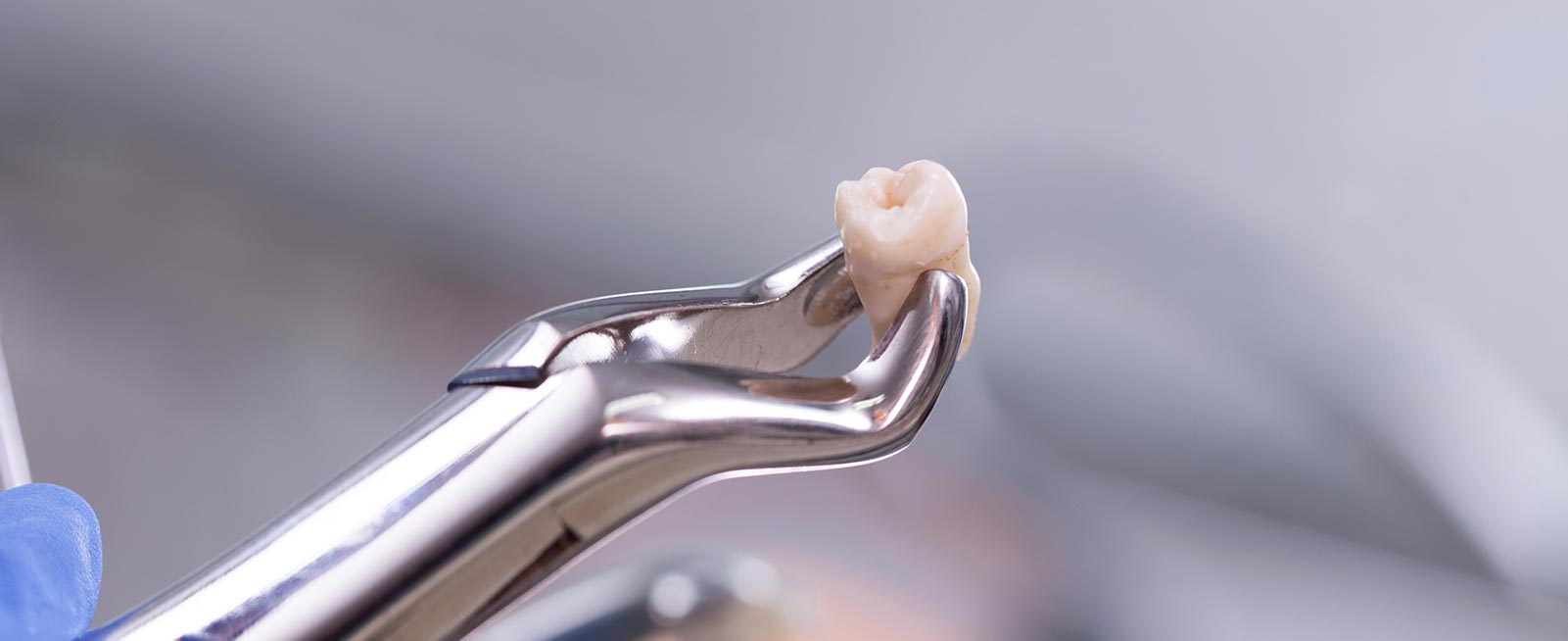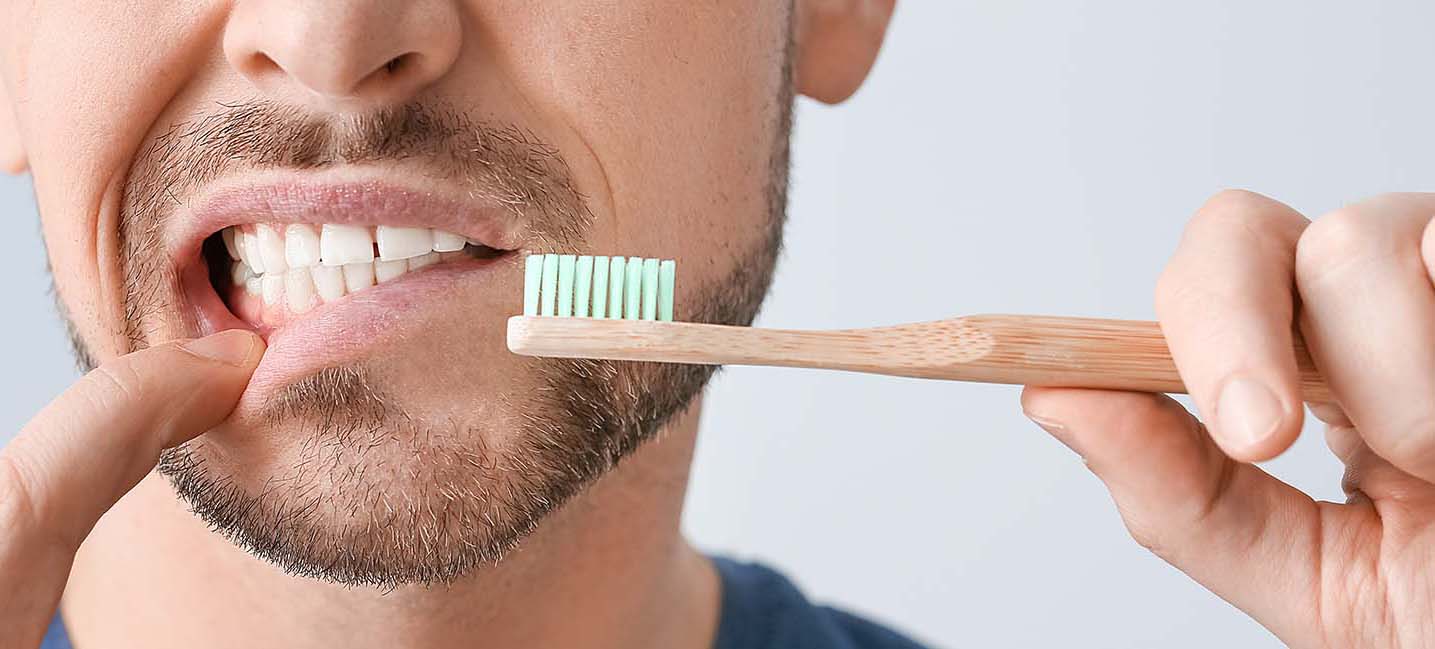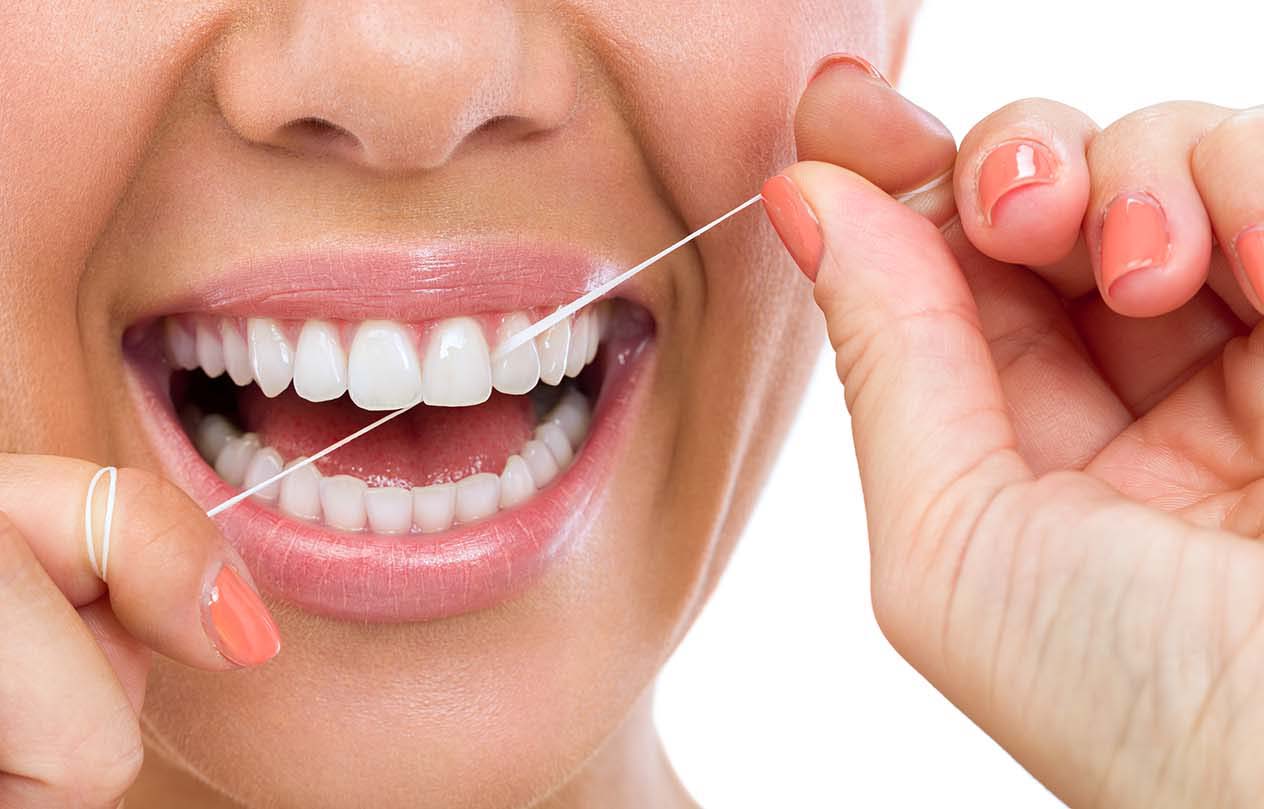Overbite Correction Without Surgery
An overbite is one of the most common dental problems we see at Southland Dental Care. If you are bothered by an overbite and want a more radiant and aligned smile, there are many solutions to correct overbite without surgery. It’s never too late for overbite correction in Los Angeles!
What Is an Overbite?
An overbite is a type of malocclusion or bad bite in which the upper teeth extend over the lower teeth when you close your mouth. An overbite doesn’t just happen because your lower jaw is too short or your upper jaw is too long.
Overbites can be vertical which means the upper teeth noticeably overlap the bottom teeth, or horizontal which means the top teeth protrude past the bottom teeth. A horizontal overbite is more commonly called an overjet. There are also two broad types of overbites: dental overbites which happen when the teeth are misaligned and skeletal overbites which happen when the jaw is the cause of the overbite.
Along with the types of overbites, there are three classes of overbites that refer to the severity of the malocclusion:
- Class 1 or neutroocclusion: This is the most common type of overbite and it happens when the upper teeth slightly overlap the bottom teeth but the bite is otherwise normal. You may also have other dental issues like overcrowding.
- Class 2 or distocclusion: This happens when the upper teeth and jaw severely overlap the lower teeth. This causes the front teeth to protrude (buck teeth) and the back teeth may be positioned over the lower jaw’s center teeth.
- Class 3 or mesiocclusion: This happens when the lower front teeth protrude more than the upper teeth (underbite). This can happen when your lower jaw is larger than your upper jaw or the upper jaw is too short.
When Does an Overbite Develop?
In most cases, an overbite develops in early childhood as a result of habits like thumbsucking. Treatment to correct overbite without surgery is usually performed on children around 10 to 12 years old, but this does not mean overbite correction is reserved for children. There is no limit on the age of treatment and it’s possible to correct overbite without surgery in adults as well as children.
What Causes an Overbite?
Overbites are usually caused by repetitive behavior that forces the teeth out of a normal alignment. Behaviors like thumbsucking in childhood narrow the arch of the mouth which forces upper teeth to move forward. The most common habits and behaviors that contribute to an overbite include:
- Thumbsucking which pushes the upper teeth and upper jaw forward and the lower jaw backward. Thumbsucking can also cause an open bite, another type of malocclusion in which the bottom and front teeth are directed outward and do not touch, even with the mouth closed.
- Sustained pacifier use
- Overuse of a baby bottle
- Frequently pushing the tongue against the upper teeth
Even normal aging can lead to an overbite as the teeth can continue to move with age. When someone already has an overbite, aging can cause the teeth to wear down and worsen the overbite.
What Is Overbite Correction in Los Angeles?
Overbite correction refers to a range of non-surgical and surgical treatments that help align the upper and lower teeth. The goal of treatment is to not only create a more aesthetic smile but contribute to long-term dental health by reducing the risk of tooth loss, tooth decay, gum disease, and difficulties speaking and eating.
Traditionally, overbite correction is performed in a two-stage treatment plan that include orthodontic treatment and orthognathic surgery. These treatments are sometimes followed by crowns or veneers to achieve a more aesthetic smile.
When traditional overbite correction is performed, it begins with braces for up to 18 months to correct the bite as much as possible before surgery that moves the upper jaw. Surgery to correct an overbite involves disconnecting the upper jaw from the skull and moving it forward to bring it into alignment with the teeth of the lower jaw.
This surgery requires a long healing process of about three months followed by additional orthodontic work to further correct the bite.
While traditional overbite correction is certainly appropriate and effective for many patients, it’s also a long, painful, and expensive process that comes with surgery-related risks. In general, surgery is best reserved for people with a very severe overbite that’s caused by a skeletal problem, not a dental problem. If you want to correct overbite without surgery, you have options.
Can You Correct Overbite Without Surgery in Los Angeles?
There are several treatment options to correct overbite without surgery in Los Angeles, even in adults. During your initial consultation at Southland Dental Care, your dentist will assess the severity of your overbite and develop a tailored treatment plan with your input. Together, you will go over the best options to give you the perfectly aligned, bright smile you’re looking for. If you also have an underbite in addition to an overbite, underbite correction techniques may also be discussed. Fortunately, treatments that work for an overbite can also be used for underbite correction.
Overbite Correction Using Invisalign
Invisalign is a non-invasive treatment alternative to braces that shifts teeth over time with transparent aligners. The aligners, which work like retainers, are worn for 22 or more hours per day and changed every 2 weeks for a period of 9 to 12 months to gradually shift your teeth into a more normal alignment.
Invisalign is designed to straighten teeth but it can also be used to correct overbite without surgery. The major downside to Invisalign is it can’t treat a more severe overbite. Still, it can be used to treat mild to moderate overbites, especially when combined with elastic bands attached to the bottom and top aligners.
Dental elastics are useful for providing more force to move your teeth into the correct alignment while improving how your upper and lower teeth fit together. If elastics are recommended, they will be attached to tiny “buttons” on the Invisalign aligners near the lower molars and upper eyeteeth. Invisalign with elastics can be used for underbite correction as well as fixing an overbite.
Overbite Correction Using Braces
Braces remain the most common orthodontic treatment to correct overbite without surgery. While Invisalign and braces work in a similar way to shift teeth into the correct alignment, braces require more intensive treatment but they produce more significant results. The good news is braces can successfully treat most overbites.
Braces are used in a two-stage treatment. In the first stage, metal brackets are attached to your teeth and connected with wire that aligns and straightens the teeth. The overbite is corrected once the teeth are straight. Stage two of treatment involves adding coils, springs, and elastic bands to the braces to shift your jawline over time. Depending on the severity of your overbite, you may need to wear braces for 6 to 24 months.
Braces can be used to treat an overbite in adolescents as well as adults. Today, a great alternative to traditional metal braces is ceramic braces which have clear brackets and better blend in with your teeth.
An important benefit of braces is they can serve as overbite and underbite correction while straightening your teeth for a dramatically improved smile and bite.
Overbite Correction by Tooth Extraction
Sometimes an overbite happens when your lower or upper jaw aren’t large enough to contain all of your teeth. This leads to severe misalignment as well as overcrowding. In this case, the solution can be extraction of some teeth to create enough space for remaining teeth to shift and align themselves correctly and then use Braces.
When extraction is recommended to correct overbite without surgery, it’s often followed by braces to help shift your teeth into the empty space and correct your alignment.
Splint Therapy
One of the most significant complications of an untreated, severe overbite is temporomandibular joint (TMJ) disorder. The TMJ is a joint just in front of the ears that attaches the jaw to the skull and allows it to move. This joint is used to speak, yawn, eat, and drink. Teeth grinding, jaw clenching, and tongue thrusting — all linked with an overbite — can all contribute to a TMJ disorder.
You may have a TMJ disorder if you have chronic aching or pain in the ears, face, neck, or jaw. Your jaw may also grind, pop, or even lock when you chew. You may feel as if your lower and upper teeth do not fit together like they used to and you may experience swelling at the sides of your face.
If your dentist thinks you have a TMJ disorder, splint therapy may be recommended. A splint is an oral device that’s worn all the time and it fits over your teeth to keep them from touching. This acrylic resin device can be fit over the top or bottom teeth to keep your teeth in the most correct position possible. Wearing this device relieves pressure on your muscles and jaw joints.
The next stage of treatment is orthodontic care. Braces are typically used after a TMJ splint to realign your jaw and teeth.
How Much Does Overbite Correction Cost in Los Angeles?
The cost to treat an overbite depends on many factors including the best treatment option, how long you need treatment, and the severity of your overbite. When braces are recommended, your cost may be anywhere from $3,000 to $8,000. Invisalign treatment can cost between $3,000 and $5,000. Most treatments for an overbite are covered by dental insurance.
An untreated overbite can contribute to long-term oral health problems including tooth decay, gum disease, and TMJ disorder. Fortunately, there are many solutions to correct overbite without surgery in Los Angeles for adults and adolescents. If you are bothered by the appearance of an overbite or symptoms like jaw pain and difficulty eating, call us at Southland Dental Care today to schedule a consultation for a personalized overbite correction treatment plan.
Related Articles:
- Underbite Correction Without Surgery: What to Know
- How To Make Your Teeth Look Nicer
- How Much is Invisalign
- Can you get veneers with crooked teeth?
- dentures and permanent dentures cost in Los Angeles, CA
- Best Alternative to Veneers, how to fix your Teeth Without Veneers
- How much does a gum lift cost
- Full-Mouth Rehabilitation in Los Angeles, CA
- A Guide to All On Four Dental Implant Procedure
- Full Arch Dental implants







